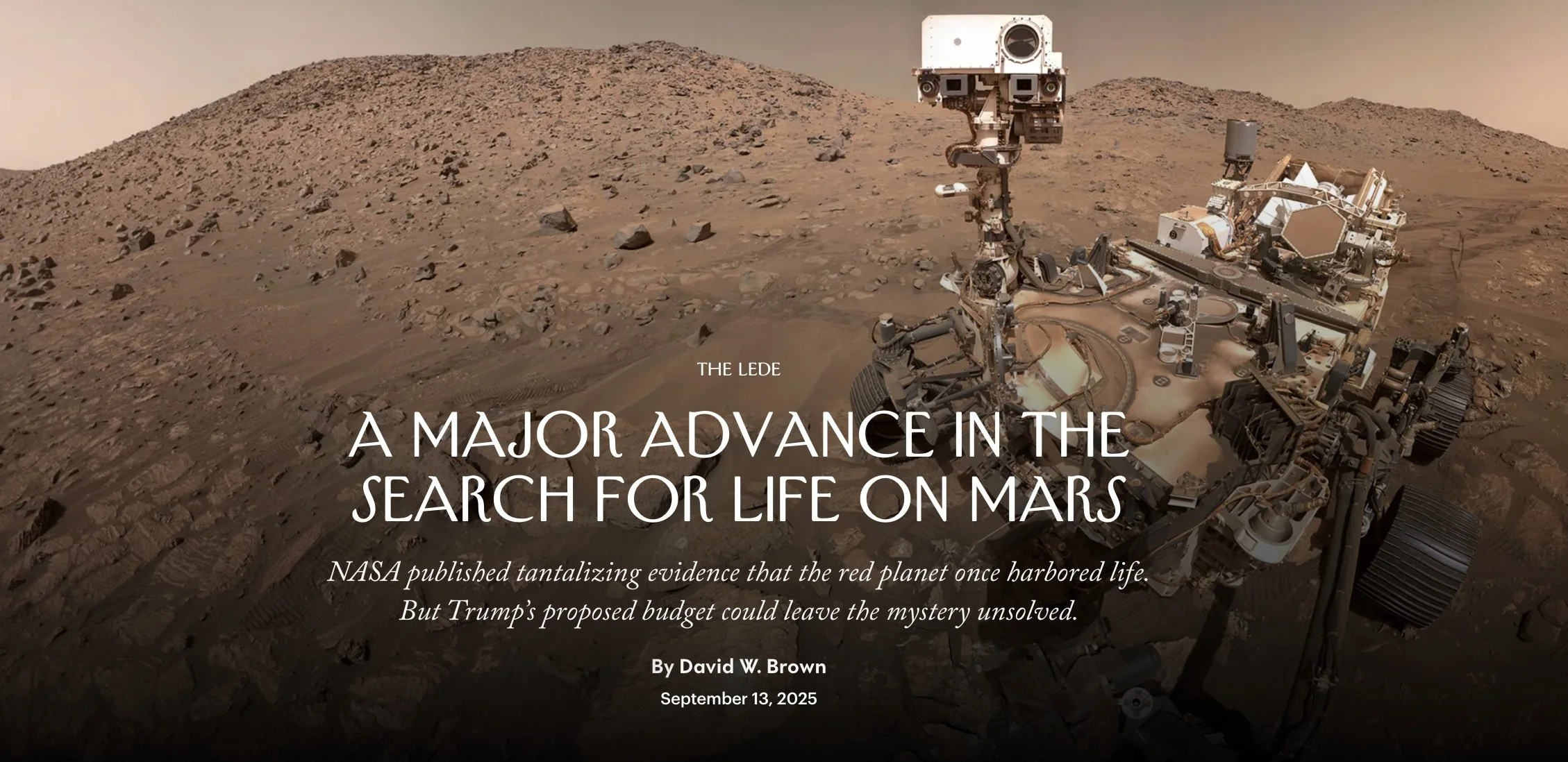For over a year now, I have written for The Drop, an online magazine edited by the inimitable Felicity Carter for Pix.wine. All good things come to an end, however, and despite the efforts of the best wine writers in the business, The Drop has published its final issue.
I owe more to Felicity than I can express in a mere blog post. She is not only the best editor in the wine business, but one of the best in all of publishing. If I wrote anything of quality for the The Drop, it was because of her deft talents with the blue pencil.
Below are a few stories I wrote for The Drop that I believe turned out quite well. I hope you enjoy them.
A Wine Tasting at the End of the World
I was there to research my next book, part of an expedition led by the South Korean government. But because space on $100,000 per-day expeditions is too precious to waste on writers, I was officially with the University of Texas Institute for Geophysics, and one-half of a two-man team from Scripps Institution of Oceanography. Our project, led by geophysicist Dr. Jamin Greenbaum, was to take readings of water temperatures, salinity, and currents beneath the glacier to better understand how the ocean is eating Antarctica from below.
I was also there as a smuggler.
Deep in my duffel bag were two bottles of wine. Before boarding, I had spent two weeks quarantined in a New Zealand hotel, conspiring with The Drop to drink wine in Antarctica and to write about it. I would do so no matter the cost.
Porch Wine After the Storm in New Orleans
After Hurricane Ida obliterated the New Orleans power grid earlier this year, it took about two days to accept the reality of the situation, and after that, things weren’t quite so grim. New Orleans is a subtropical city. Post-Ida, temperatures reached 100 degrees Fahrenheit during the day with 97% humidity and stagnant winds overall. At night, it was like being slow-roasted. We knew only that electricity would be out for weeks, and maybe months.
Wine helped, in ways it could only help here, in one of the great wine cities of the United States.
On that second day, not long after 9 a.m., I brought to the balcony of my Prytania Street apartment a 2014 Burgundy from Jean-Jacques Girard, set out my best stemware, applied key to cork, and began to pour. It wasn’t my first bottle since Ida’s arrival, but now, with the rain stopped and cell service down, life was on pause. Wine was the order of the day.
5 Life-Changing Wines from Rex Pickett, the Author of Sideways
Rex Pickett wrote a novel from his heart, “Sideways.”
Everybody hated it.
It was inappropriately personal, said one. Another advised him to burn it. One editor asked why he even bothered submitting it. In all, Pickett received over 230 rejection letters. When it finally sold, it was for an insulting $5,000 — and the publisher acted like they were doing him a favor.
The story follows aspiring writer Miles, and his best friend Jack, on a road trip through Santa Ynez wine country in California. Jack is engaged, and this is a celebration of sorts. For Miles, a devoted Pinot Noir drinker, it is a journey of self-discovery.
And yet, it changed the wine world.



















